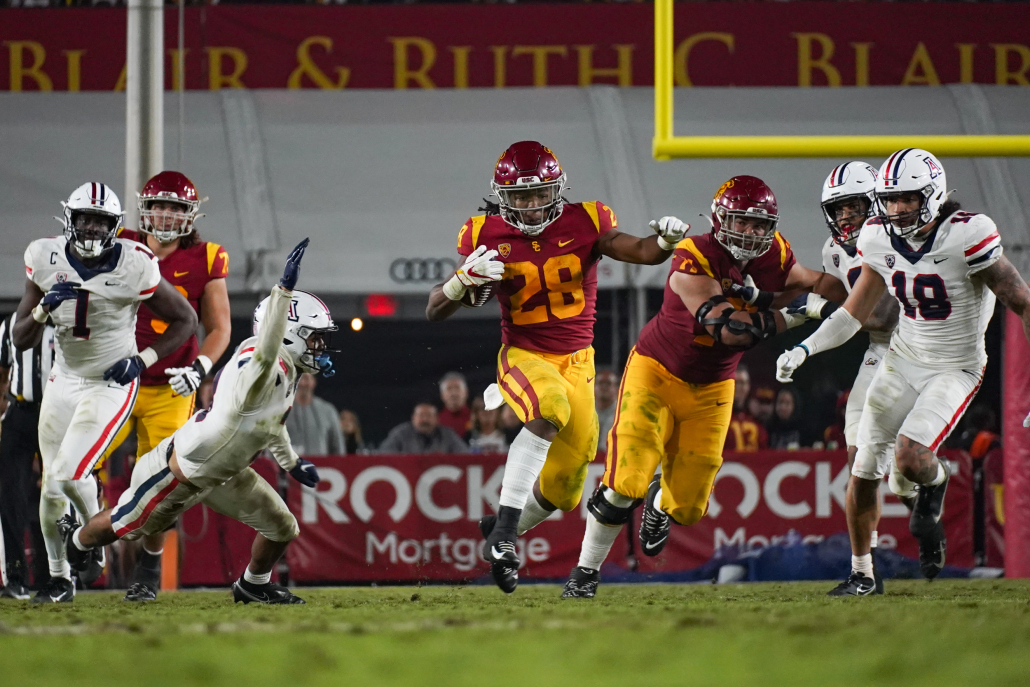Responsible, inclusive sports reporting for college journalism

What makes for a great sports story?
It depends on who you ask. A sports editor teacher might emphasize a strong lede and nut structure; a die-hard fan might be reading for deep statistical insight and analysis; a casual sports enthusiast might be intrigued by inspirational quotes from the players themselves.
In short, there’s no one answer for what makes for a great sports story, but they all share common elements: a strong command of the stats, deep insight into the game and an understanding that athletes are multifaceted, complex human beings.
Stories that miss that last part are incomplete at best. Inclusive sports journalism embodies the understanding that athletes are more than just bodies on a field.
Harm can often be exponentially reduced through minor edits in content and adjustments to language. Here’s how the sports department at The Daily Californian is working to produce accurate, sensitive and inclusive sports journalism.
Practicing sensitivity around discussions of body and size
Harmful and inaccurate portrayals of athletes and their bodies pervade sports journalism. While physicality might be central to sports, this doesn’t give sports journalists free license to discuss the body shape, size or weight of an athlete. Tired and inaccurate stereotypes characterize endurance athletes as lean and explosive athletes as bulked, and athletes that exist outside these conventions face unwarranted scrutiny. Changes in an athlete’s body composition are not newsworthy, but that doesn’t stop the media from clinging to these disrespectful and cheap storylines. These stories are even racialized and gendered — women and athletes of color disproportionately face dehumanization by sports media.
Of course, there are appropriate times to discuss body size and weight, but when practicing inclusive and responsible sports journalism, reporters should refrain from discussions of body shape and size. This guideline should be breached only when the detail is necessary for readers’ understanding of a game, not used as an easy embellishment for a story that lacks meaningful details. Regardless of sport, gender or race, discussions of body size and weight must always be handled with an abundance of sensitivity.
Reworking possessive language involving coaches and athletes
Following reports of indescribable abuse suffered within the National Women’s Soccer League, sports journalists should reflect on how subtleties in language can reinforce dynamics of ownership and power between coaches and athletes. While the dismantling of power dynamics between coach and player might be best left to trained sports psychologists, journalists can minimize this perceived power imbalance through tweaks in language and content. Possessive language describing coaches and athletes should be reworked.
For example, writing “coach Neil McGuire’s defensive line” or “Justin Wilcox’s starting line-up” is inaccurate and could be subtly harmful. The players don’t actually belong to the coaches, just as no human being belongs to any other.
Avoiding harmful metaphors and analogies
Colin Kaepernick’s Netflix series “Colin in Black & White” begins with an unflinching scene comparing NFL training camps to auctions of enslaved individuals. By drawing this parallel, the former NFL quarterback speaks volumes on the dehumanization and commodification of athletes. This dehumanization exists across all playing fields, from the NFL to high school sports squads.
As sports journalists, shifting this paradigm might include hitting backspace on some overused and inhumane metaphors and analogies. In particular, metaphors comparing players to animals, livestock or beasts should be avoided. It is imperative that sports reporters use language that depicts athletes as people, not bodies on a field.
Sports stories aren’t usually given too much weight in discussions involving journalistic ethics or newsroom diversity. The capacity for harm just doesn’t seem as present as it is in news stories on crime or politics. But while the stakes might be lower sometimes in sports, harm is still possible. When sports journalists are doing their due diligence, they’re working to reduce this harm in any way possible and honor the humanity of the game.







